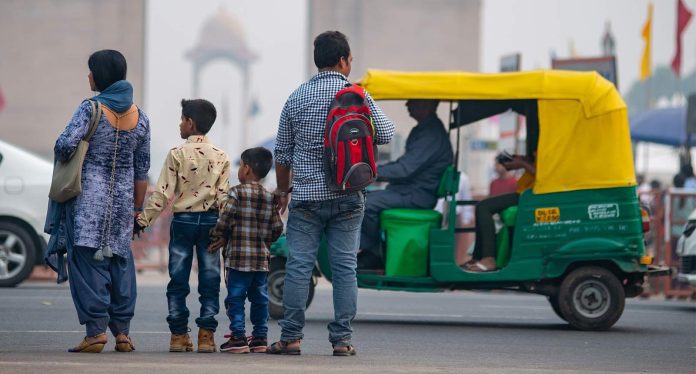- Any nation’s growth prospects are directly in commensurate with the welcome emergence of its citizens are widely accepted and corroborated by the experts concerned. Of course, none of the nations would like to be categorized at the bottom of the hierarchy but rather would wish to keep scaling up on several human development indices at par with others. Moreso for an aspirational society like India which is steadily gaining ground around the world for not only its inherent strength to absorb unforeseen economic shocks quite adroitly but also exhibit admirable resilience to stay afloat in overcoming challenges. To fructify, every stakeholder must come together in synergy to carry forward the stated objectives. The middle-class essays a crucial role here.

PC: Schroders
- Yes, the Indian middle class has indeed traversed a very long way ever since the country was liberalized allowing globalization to take effect big-time in 1990. The fruits of that momentous occasion are visible now. Concurrently, speculation about the size of India’s middle class that took off along with the jump in economic growth always intrigued the policymakers and common citizens alike. The baseline often considered is 1991, the beginning of economic liberalization which had a positive impact on growth, consumption, urbanization, and social mores. Further, economic growth moved to another level beginning 2004-05. It leads to the question, what happened to the size of the middle class? Most of us would be interested to know on this front.
- As reported in newspapers, a think tank named PRICE has done a quality survey that concludes the middle class more than doubled to over 30% of India’s households. This signifies the middle class has most certainly arrived on the big stage. PRICE has categorized households with an annual income range of Rs 5 lakh to Rs 30 lakh at 2020-21 prices as middle class. It represents 50% of the income earned, 48% of expenditure, and 56% of savings. Indeed, the scale of the middle-class footprint influences both the economy and society and it correlates to economic growth. Having said the same, it’s still disappointing that only 30% of the households are middle class after three decades of economic liberalization.

PC: LUCA VENTURA
- This points to lost opportunities in choosing the right economic policies as even today 67% of households contribute a mere 1% of total savings. Mind you, it’s an indication of their vulnerability to any external shock. Globally, an expansion in the middle class has been a powerful force of economic, social, and political change, and civic activism. The last could be a powerful trigger for change. Remember, middle-class activism in India was at the forefront of popular movements to bring about change in laws to deal with violence against women. The middle class is expected to expand to 63% of households by 2047. That scale will certainly change society in fundamental ways in India catapulting the workhorse category to an even more respectable level.






